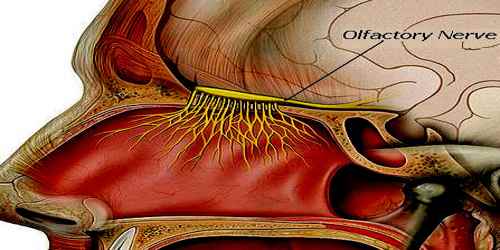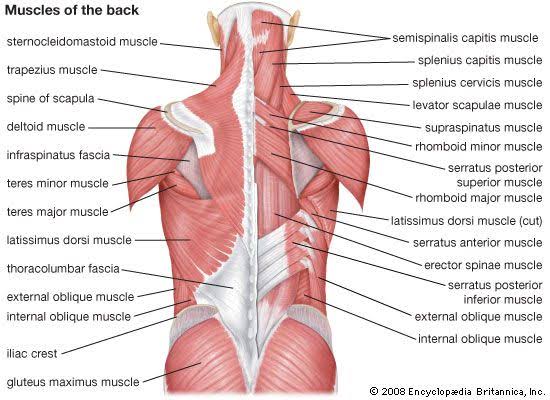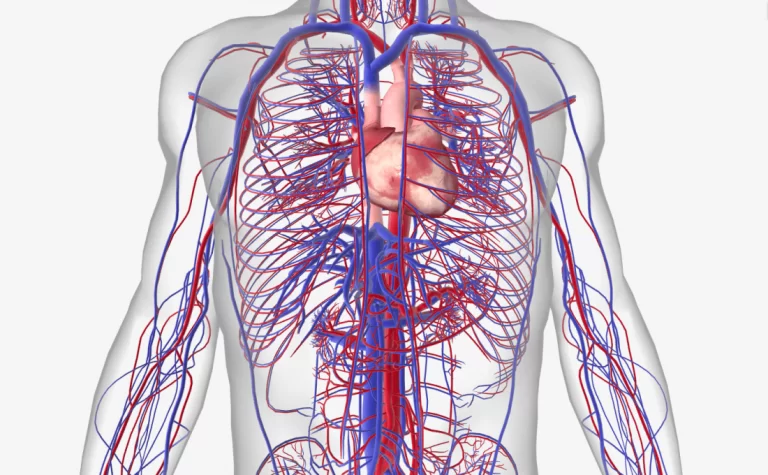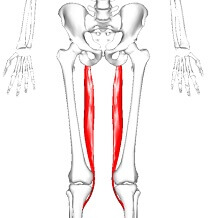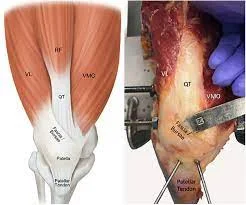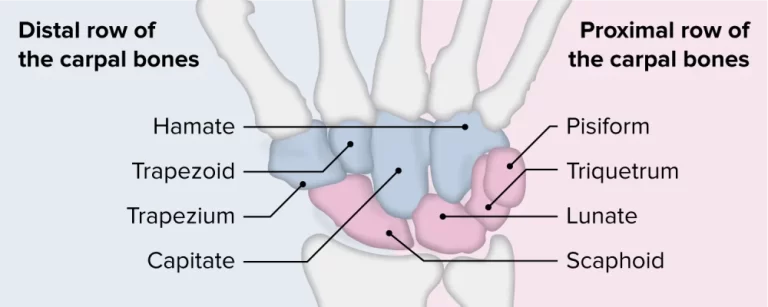1ST CRANIAL NERVE- OLFACTORY
Table of Contents
CRANIAL NERVE 1 : OLFACTORY
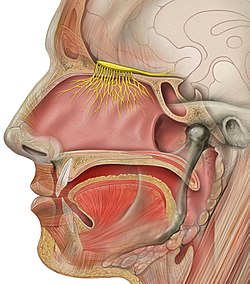
Origin
The olfactory nerve originates on the caudal surface of the olfactory bulb and crosses the cribriform plate of the ethmoid bone from one part of the crista galli process to the other, in order to reach the olfactory region of the nasal cavity.
Terminal branches
The olfactory nerves terminate in the nasal mucosa, which occupies a small surface on the roof of the nasal cavity.
•The lateral olfactory nerves (12–20) are found in the superior nasal concha.
•The medial olfactory nerves (12–16) descend along the nasal septum.
TEST
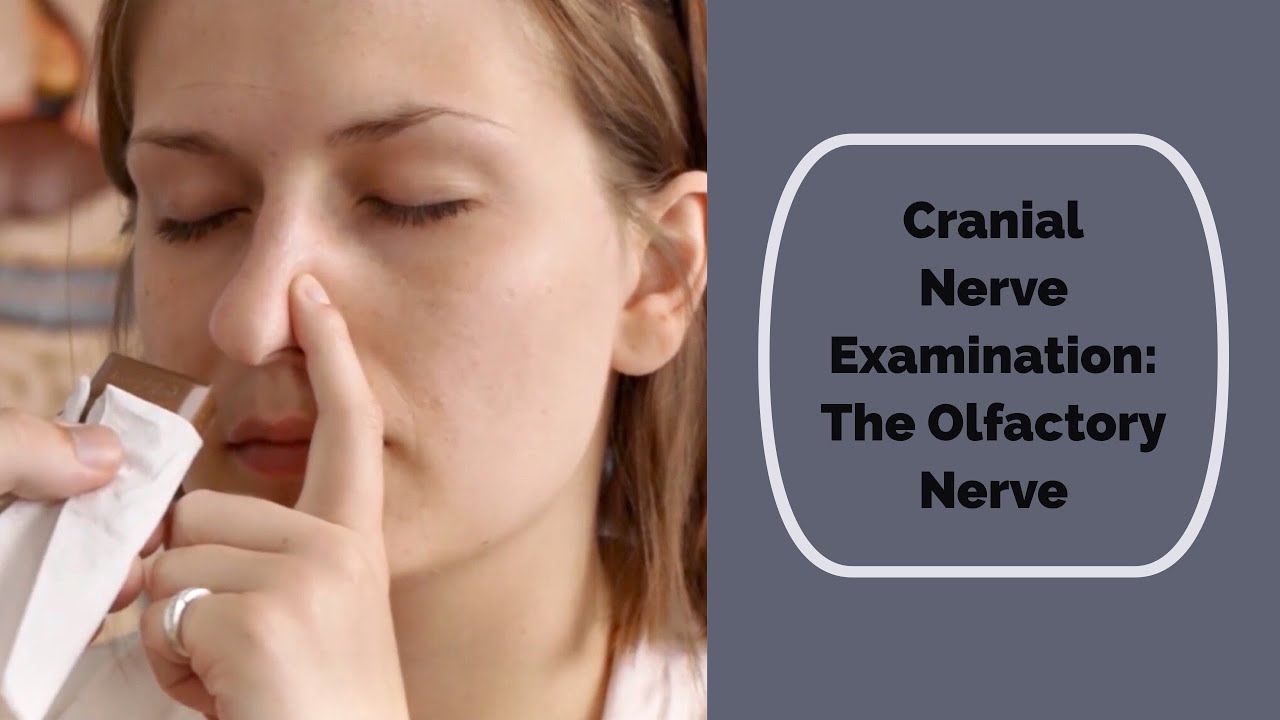
Damage to this nerve impairs the sense of smell. To simply test the function of the olfactory nerve, each nostril is tested with a pungent odor. If the odor is smelled, the olfactory nerve is likely functioning. On the other hand, the nerve is only one of several reasons that could explain if the odor is not smelled. There are olfactory testing packets in which strong odors are embedded into cards and the responses of the patient to each odor can be determined.
To test the olfactory nerve, neurologists compress one nostril and ask the patient to identify certain substances by smelling through the other. Neurologists use readily identifiable and aromatic but innocuous substances, such as coffee. They do not use volatile or irritative substances, such as ammonia and alcohol, because they may trigger intranasal trigeminal nerve receptors and bypass a possibly damaged olfactory nerve. Patients are unreliable when estimating their sense of smell. For qualitative and quantitative testing, especially for research, neurologists utilize a commercial, standardized set of “scratch and sniff” odors, such as the University of Pennsylvania Smell Identification Test.
When disorders impair both olfactory nerves, patients cannot perceive smells or appreciate the aroma of food. Neurologists say that these patients have anosmia.
ANOSMIA:
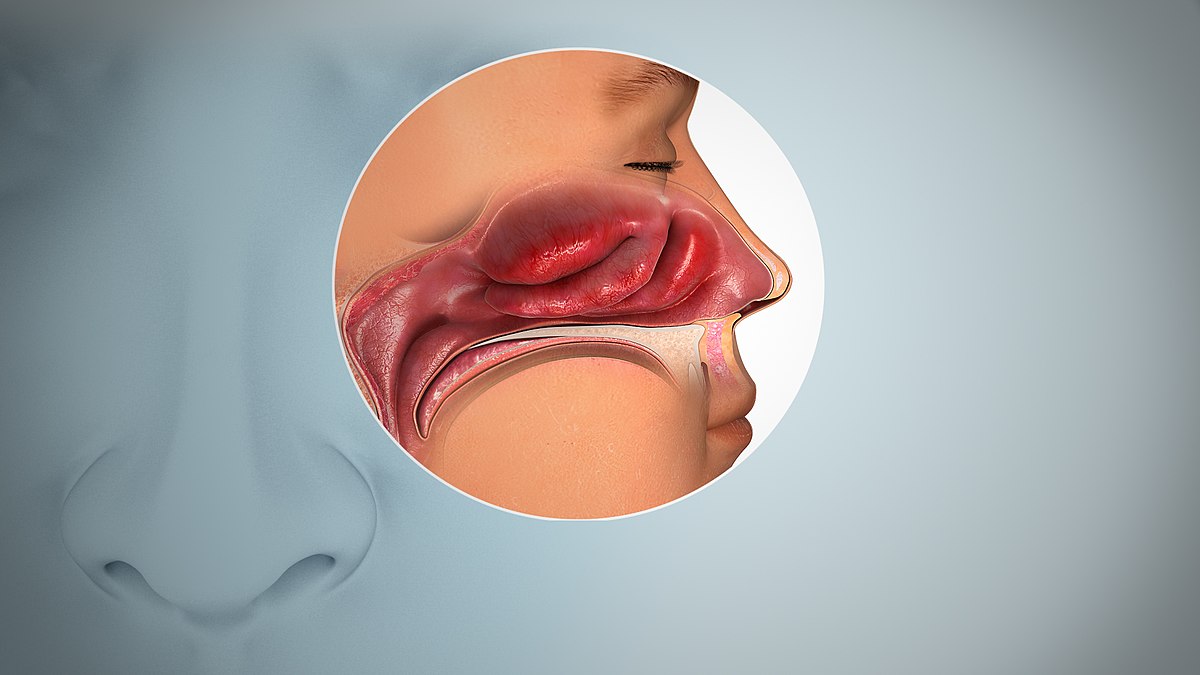
Anosmia is the inability to perceive odor or a lack of functioning olfaction—the loss of the sense of smell. Anosmia may be temporary, but some forms such as those from an accident can be permanent. Anosmia is due to a number of factors, including an inflammation of the nasal mucosa, blockage of nasal passages or a destruction of one temporal lobe. Inflammation is due to chronic mucosa changes in the paranasal sinus lining and the middle and superior turbinates.
Many patients may experience unilateral anosmia, often as a result of minor head trauma. This type of anosmia is normally only detected if both of the nostrils are tested separately. Using this method of testing each nostril separately will often show a reduced or even completely absent sense of smell in either one nostril or both, something which is often not revealed if both nostrils are simultaneously tested.
A related term, hyposmia, refers to a decreased ability to smell, while hyperosmia refers to an increased ability to smell. Some people may be anosmic for one particular odor. This is known as “specific anosmia”. The absence of the sense of smell from birth is called congenital anosmia.
SIGNS AND SYMPTOMS
-less appetizing
-Losing an established and sentimental smell memory (e.g. the smell of grass, of the grandparents’ attic, of a particular book, of loved ones, or of oneself) has been known to cause feelings of depression.
-Loss of olfaction may lead to the loss of libido, though this usually does not apply to congenital anosmics.
CAUSES
-upper respiratory tract infection
–Nasal polyps — small noncancerous growths in the nose and sinuses that block the nasal passage.
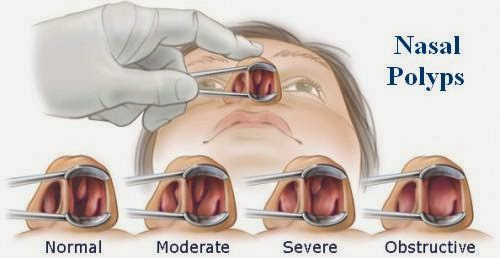
-Injury to the nose and smell nerves from surgery or head trauma.
-Exposure to toxic chemicals, such as pesticides or solvents.
-Certain medications, including antibiotics, antidepressants, anti-inflammatory medication, heart medications, and others.
-Cocaine abuse.
-Old age. Like vision and hearing, your sense of smell can become weaker as you age. In fact, one’s sense of smell is most keen between the ages of 30 and 60 and begins to decline after age 60.
-Certain medical conditions, such as Alzheimer’s disease, Parkinson’s disease, multiple sclerosis, nutritional deficiencies, congenital conditions, and hormonal disturbances.
-Radiation treatment of head and neck cancers.
TREATMENT

-Though anosmia caused by brain damage cannot be treated, anosmia caused by inflammatory changes in the mucosa may be treated with glucocorticoids. Reduction of inflammation through the use of oral glucocorticoids such as prednisone, followed by long term topical glucocorticoid nasal spray, would easily and safely treat the anosmia.

-Anosmia caused by a nasal polyp may be treated by steroidal treatment or removal of the polyp.
– gene therapy has restored a sense of smell in mice with congenital anosmia when caused by ciliopathy. In this case a genetic condition had affected cilia in their bodies which normally enabled them to detect air-borne chemicals

